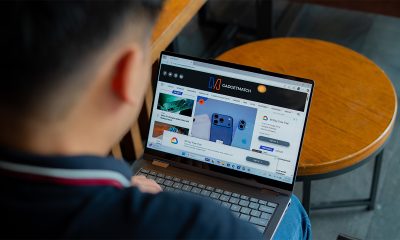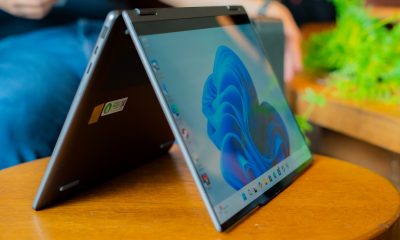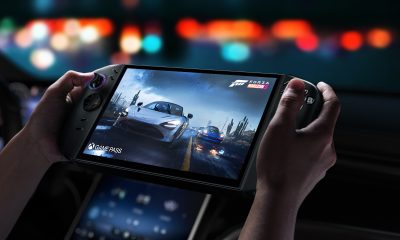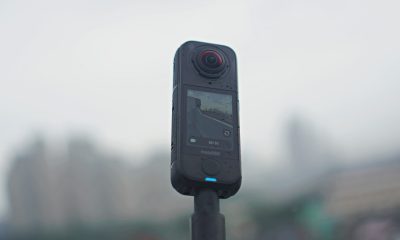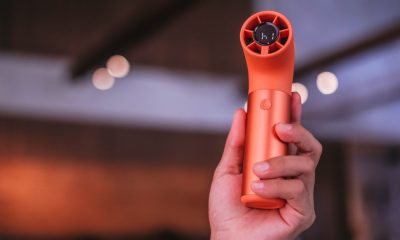CES 2019
Lenovo’s new ThinkPad X1 Carbon is still a sleek business laptop
It just gets better every generation
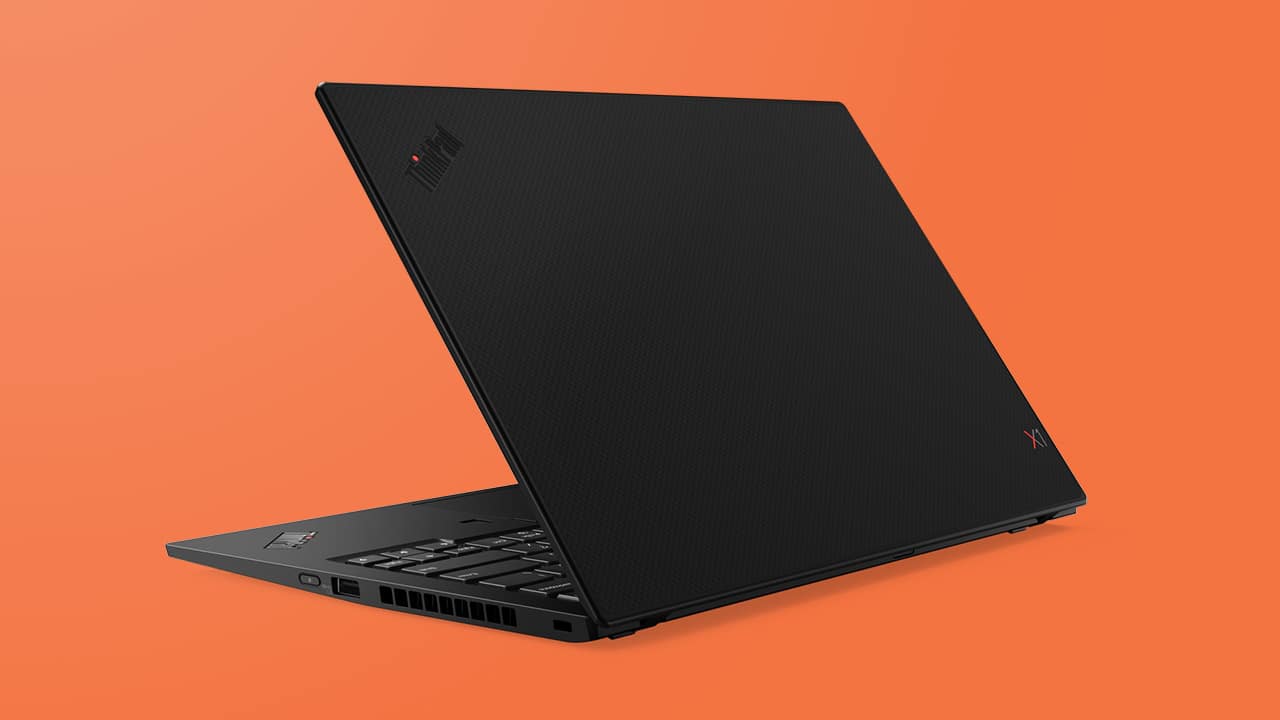
As Lenovo‘s flagship business laptop, the ThinkPad X1 Carbon has to meet every expectation. From the first ThinkPad X1 in 2011, we’re now at its seventh generation. Last year’s model was already perfection, so the 2019 model is just a minor update to keep it ahead of the pack.
The new ThinkPad X1 Carbon features a similar exterior, but it’s now slightly thinner at only 14.95mm and still weighs 1.13kg. It’s got the same top-notch 14-inch IPS display with an option for 4K resolution, support for Dolby Vision, and HDR400 certification.

Complementing the visuals is the Dolby Atmos Speaker System featuring two top-firing tweeters and two down-firing woofers. The laptop is also equipped with four far-field microphones for better voice clarity during video conferences. It also picks up voice commands well whether using Windows’ Cortana or Amazon’s Alexa digital assistants.
Intel’s latest eight-gen Core processors are in charge of the X1 Carbon’s main brain and they are paired with up to 16GB of memory and a 2TB PCIe SSD.
Ports-wise, the X1 Carbon has plenty: two Thunderbolt 3, two USB 3.1, HDMI, and a 3.5mm headphone jack.

Apart from being light, the X1 Carbon also features long battery life. Lenovo claims that its 51Wh battery can last up to 15 hours of continuous usage. Users can also access the web anywhere thanks to the laptop’s optional LTE-A connectivity.
The ThinkPad essentials are present as well, including the RGB/IR camera with ThinkShutter, a fingerprint reader, and the amazing keyboard with dual pointing devices (touchpad and TrackPoint).
Lenovo’s latest ThinkPad X1 Carbon will be available starting June 2019 with a starting price of US$ 1,709. It’s available in a Carbon Fiber Weave finish and the traditional ThinkPad Black.
SEE ALSO: Lenovo’s new ThinkPad X1 Yoga is thinner and lighter than ever

Automotive
Audi’s Holoride is a VR experience like no other
Back seat car rides will never be the same again

It had been a long day, but I could still barely contain my excitement as a fancy car whizzed me down the interstate to a race track on the outskirts of Las Vegas, one chilly evening before the start of the 2019 Consumer Electronics Show.
While the in-seat back massage made me wish the ride was longer, I also couldn’t wait to get there. Tonight would be my first time in an e-Tron, Audi’s new fully electric SUV, and my first taste of what Audi calls the future of mobility, one with entertainment content at its center.
It’s an interesting proposition, one I’m more than willing to chew on. With self-driving vehicles on the horizon, tonight, instead of getting behind the wheel, I take a back seat, put on a VR headset, and trade my current reality for one that promises to be more exhilarating.
Called “Rocket’s Rescue Run,” it’s the first title in a collaboration between Marvel and Disney and Audi’s new spin off venture Holoride, that aims to make VR entertainment a mainstay in cars of the future.
As the e-tron’s driver steps on the accelerator, in my alternate universe my ship surges through space. I’m joined by my sidekick Rocket Raccoon, and together we team up to help Iron Man take down a mob of Thanos’ space goons.
 I’ve had many VR experiences before, but none like this. As soon as the SUV pulls away, the whole experience makes perfect sense. Every twist, every sharp turn, every bit of acceleration or sudden brake is matched by the same sensation in the game. For the entire 5-minute ride, my body is tricked into believing this reality. Not an easy feat for an utterly nitpicky tech journalist, I can only begin to imagine how big of a technical challenge it was to pull off.
I’ve had many VR experiences before, but none like this. As soon as the SUV pulls away, the whole experience makes perfect sense. Every twist, every sharp turn, every bit of acceleration or sudden brake is matched by the same sensation in the game. For the entire 5-minute ride, my body is tricked into believing this reality. Not an easy feat for an utterly nitpicky tech journalist, I can only begin to imagine how big of a technical challenge it was to pull off.
I wield my laser gun like a pro, take down an evil mothership, and celebrate our victory with fireworks. The experience ends, and the e-tron stops. Reluctantly, I take off my headset. It feels like I’ve just been on a theme park ride, but from the privacy of my own car — well, not really, but I wish — and without standing in an hour-long line. I was pleasantly surprised to find out that during my adventure the e-tron reached speeds of up to 90mph. We’ve navigated plenty of sharp turns, too, but I don’t feel so woozy.
 Supposedly matching the car’s movements to the virtual reality experience helps in mitigating nausea. As I get out, I thank my driver, but also can’t help but imagine a world that’s driver-optional.
Supposedly matching the car’s movements to the virtual reality experience helps in mitigating nausea. As I get out, I thank my driver, but also can’t help but imagine a world that’s driver-optional.
At CES, we saw Audi’s vision of the future, a concept car called the Aicon, with an interior that resembles more of a lounge than a current automobile. As with Holoride, the development of Aicon represents a shift in the idea of mobility, one that’s ushered in by a focus on passengers instead of drivers. Together, Aicon and Holoride make perfect sense in a future world of fully autonomous vehicles. If no one is driving, what else are we to do?
Anything you want to, apparently. Cars are now seen as multi-purpose spaces, just another room that we occupy as we travel from place to place: be it a relaxation pod, a meeting room, or your own private cinema.
The team behind Holoride is most invested in the latter, creating entertainment experiences that are just long enough to fill the entire duration of your trip. They’re calling it “elastic content,” VR games and adventures that automatically adjust to congestion and shortcuts, so that you’re never left without something to occupy you.
“Together, Aicon and Holoride make perfect sense in a future world of fully autonomous vehicles.”
Soon, Holoride plans to open its technology to more car manufacturers, content creators, and game developers. The goal is for a wide range of immersive experiences, customized to events in the real world like traffic jams or stop lights, and for those experiences to be available in more car brands. Apart from games, like the one I played, the company is also planning movies, interactive features, and educational tours. Indeed, the type of content you could enjoy is limited only by the imagination.
A few minutes later, I find myself getting another back massage inside another chauffeured Audi A8, making our way back into downtown Las Vegas. These days, when I do travel by car, the experience is similar to this, albeit less fancy. I’m bored, maybe antsy or impatient, in the back seat, with only my phone and social media to distract me. I hadn’t given it much thought till today, but in a world where one constantly thirsts for something to capture one’s attention, I can certainly see how “content will be a major driving force for the mobility experience of the future.”
The day is almost over and I am exhausted. I recline my chair, close my eyes, and enjoy the back massage for a few minutes more. I dream I am back in the e-tron, and wonder when this future will arrive, what it would be like if the next Avengers movie was interactive, and most importantly, what it would be like to watch it from the back seat of a fully autonomous Audi.
-
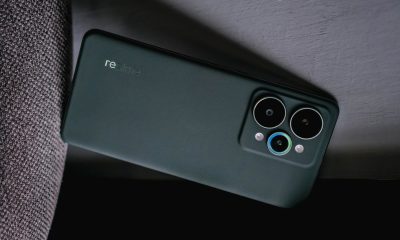
 Reviews2 weeks ago
Reviews2 weeks agorealme 15 Pro review: A step forward or a step back?
-

 Accessories1 week ago
Accessories1 week agoThis gaming mouse made me fall in love with working from home again
-
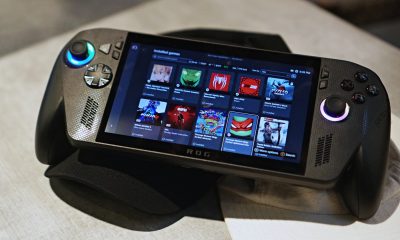
 Gaming2 weeks ago
Gaming2 weeks agoROG Xbox Ally X review: A proper sequel
-
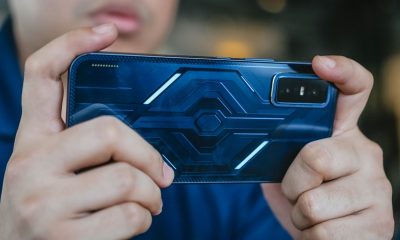
 Reviews2 weeks ago
Reviews2 weeks agoInfinix GT 30: Champion value budget gamer
-
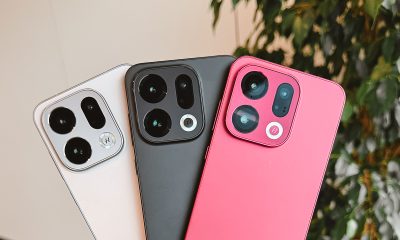
 Singapore2 weeks ago
Singapore2 weeks agoOPPO Find X9 Series: Price, availability in Singapore
-
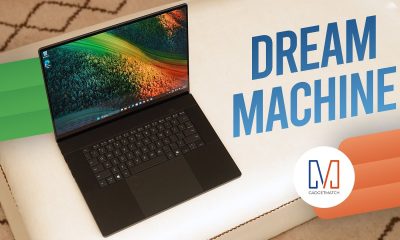
 Laptops5 days ago
Laptops5 days agoSpotlight: ASUS ProArt P16
-

 Gaming2 weeks ago
Gaming2 weeks agoDRAGON QUEST I & II HD-2D Remake launches, completing the Erdrick Trilogy
-
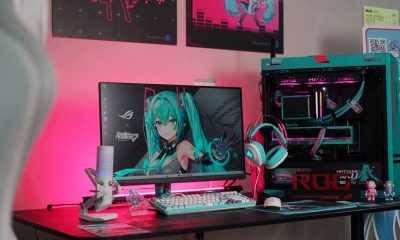
 Gaming2 weeks ago
Gaming2 weeks agoROG, Hatsune Miku build the ultimate pastel-punk gaming setup


